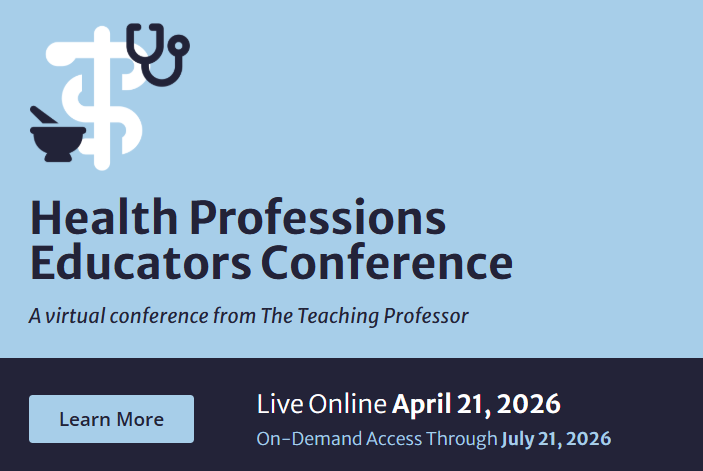Academic Integrity: Defining Originality across Campus
The faculty members in the chemistry department are confused.
Last semester, the campus teaching center held a series of workshops to get faculty more familiar with the anti-plagiarism tool that the university adopted and linked into everyone’s online course environment. The teaching center showed everyone who attended the training sessions 51 ways that they could help to catch cheaters, based on research conducted by two researchers at the University of Texas’ Telecampus (McNabb and Anderson, 2009). But the 51 strategies are not why the chemistry faculty are confused.



